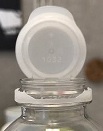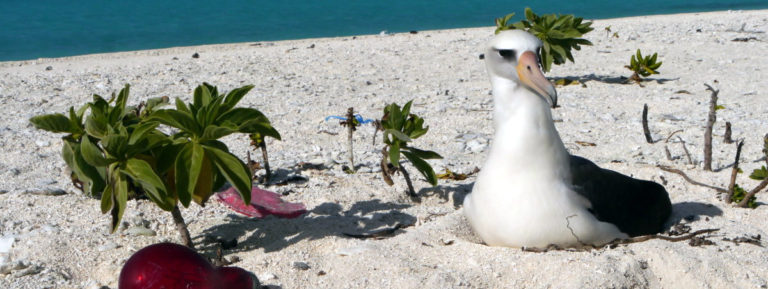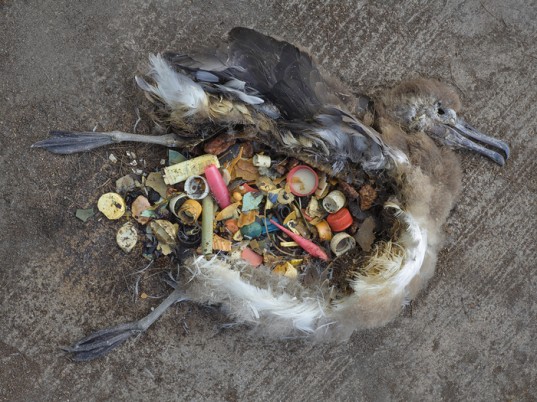Connect the Cap Toolkit
Take Action to Help Pass California’s AB 319! Here’s what you can do! Share the AB 319 Fact Sheet. Write a Letter of Support for the bill to your California State Assembly Member and California State Senator. Send a Letter to the Editor of your local newspaper, or an OpEd, talking about why you think…



